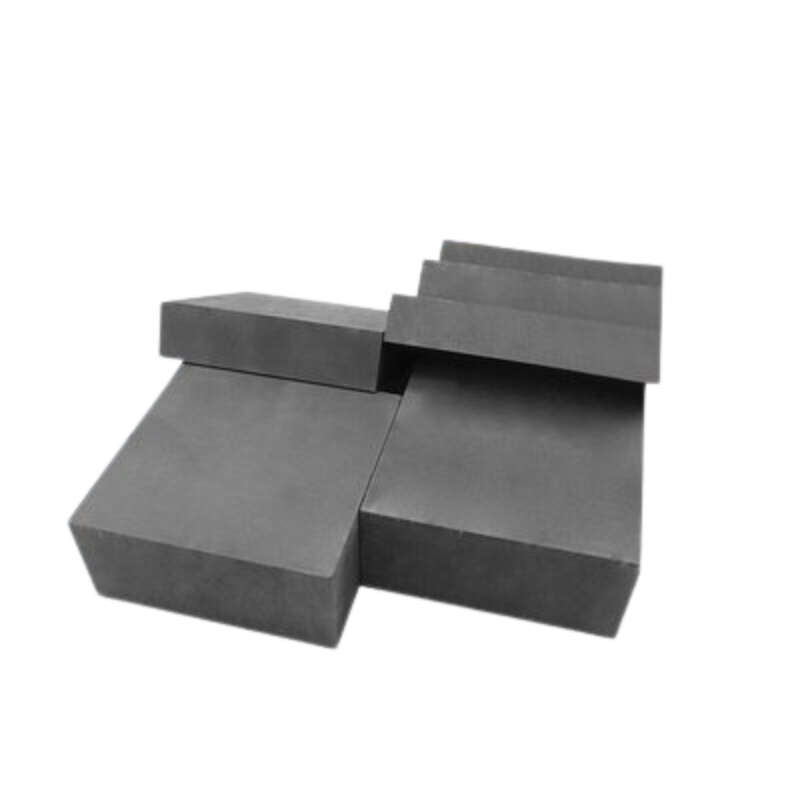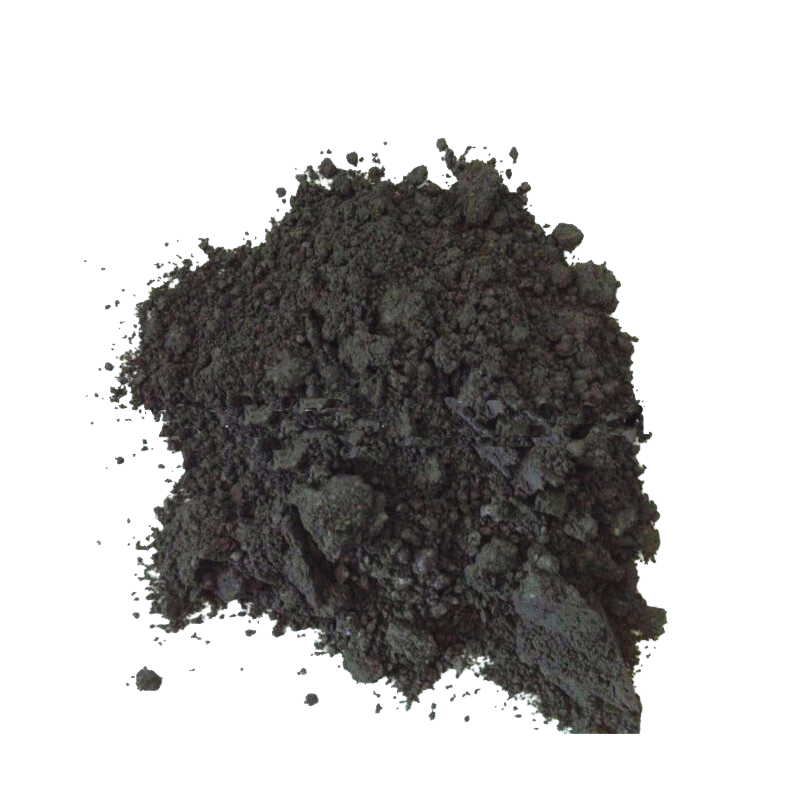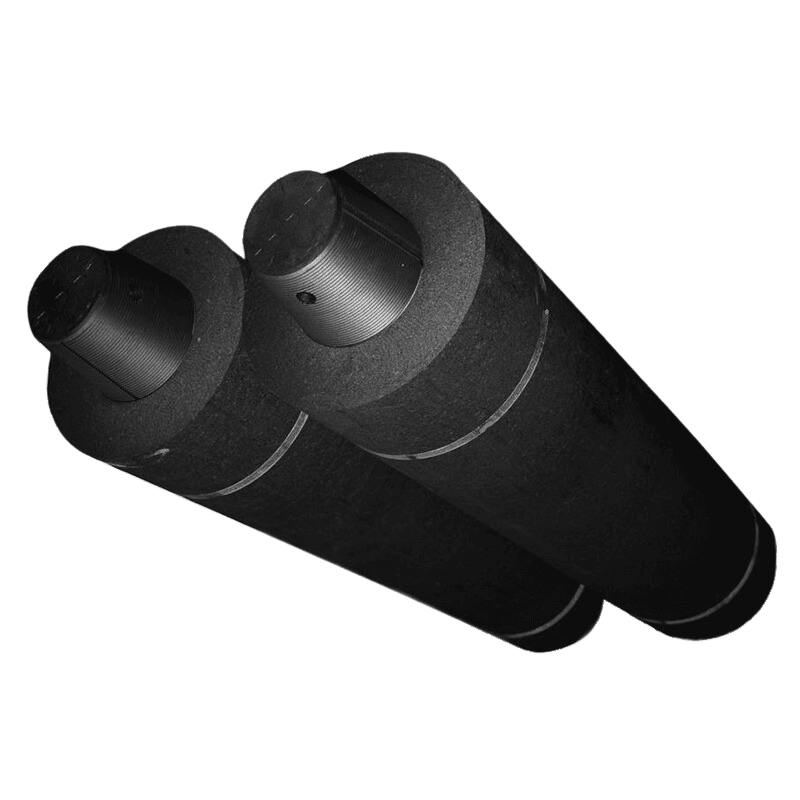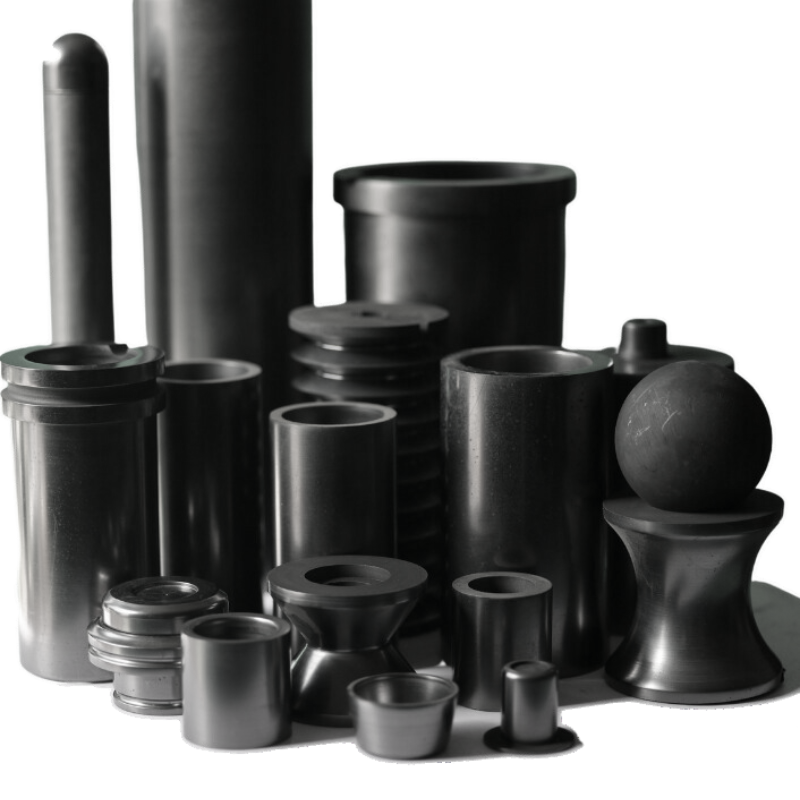The short lifespan of graphite heat exchangers can be attributed to several reasons:
1.Corrosive Environment: Graphite heat exchangers are commonly used to handle corrosive fluids, but in extreme corrosive environments, graphite may still be susceptible to damage. Strong acids, alkalis, or other corrosive substances can lead to corrosion and wear of the graphite material, thereby reducing the heat exchanger’s lifespan.
2.Temperature and Pressure Fluctuations: Heat exchangers may undergo cyclic variations in temperature and pressure during operation. Such fluctuations can cause fatigue and stress concentration in the graphite material, affecting its durability. This effect may be more pronounced, especially under high-temperature and high-pressure working conditions.
3.Mechanical Stress: During operation, graphite heat exchangers may experience mechanical vibrations, impacts, or other forms of mechanical stress. These stresses can result in cracks or damage to the graphite material, reducing the overall lifespan of the heat exchanger.
4.Design and Manufacturing Defects: If there are defects in the design or manufacturing of the graphite heat exchanger, such as poor welding, structural design issues, etc., it can lead to operational failures. These issues may impact the stability and lifespan of the heat exchanger.
5.Improper Operation Conditions: Incorrect operation and maintenance practices can also contribute to the shortened lifespan of graphite heat exchangers. Improper cleaning methods, inadequate maintenance, and the use of inappropriate fluids can negatively impact the heat exchanger’s lifespan.
To enhance the lifespan of graphite heat exchangers, it is crucial to choose materials wisely, ensure proper design and manufacturing, and adhere to strict operational and maintenance practices. Additionally, in specific operating conditions, alternative corrosion-resistant materials or additional measures may be required to improve the stability and durability of the equipment.





